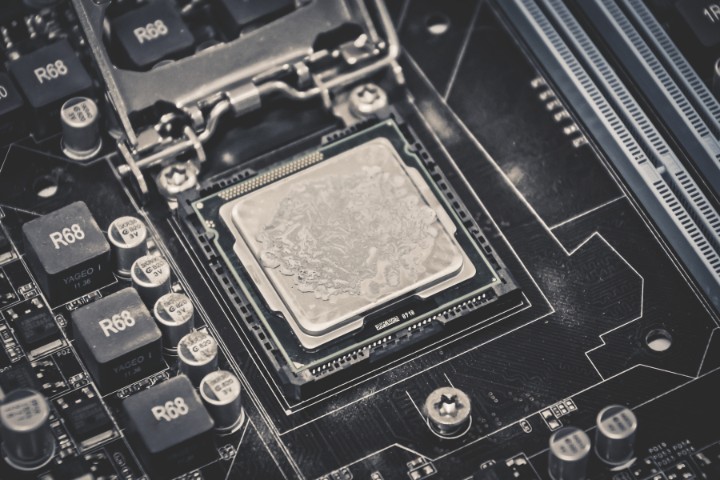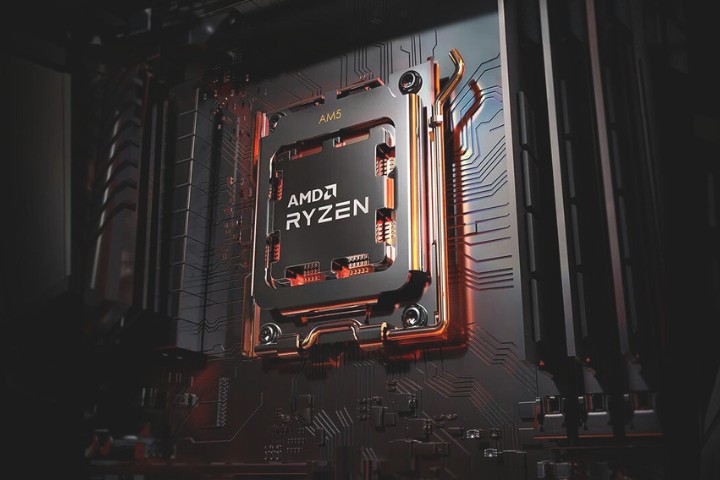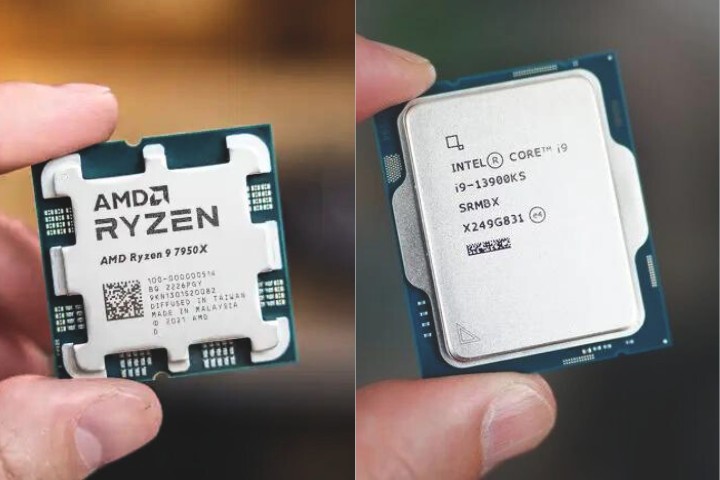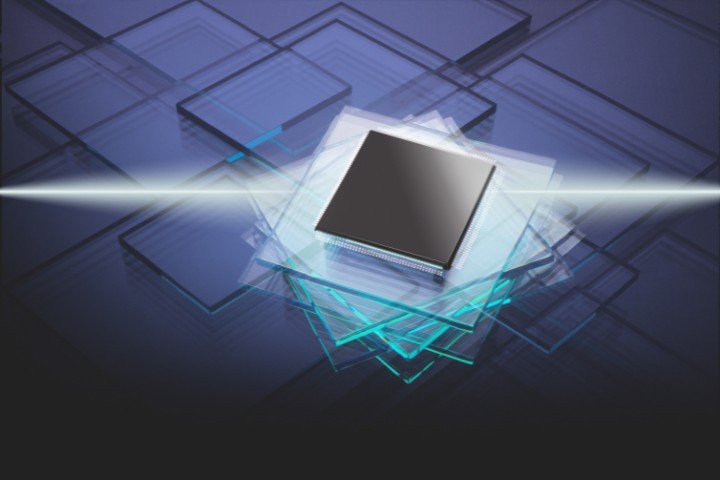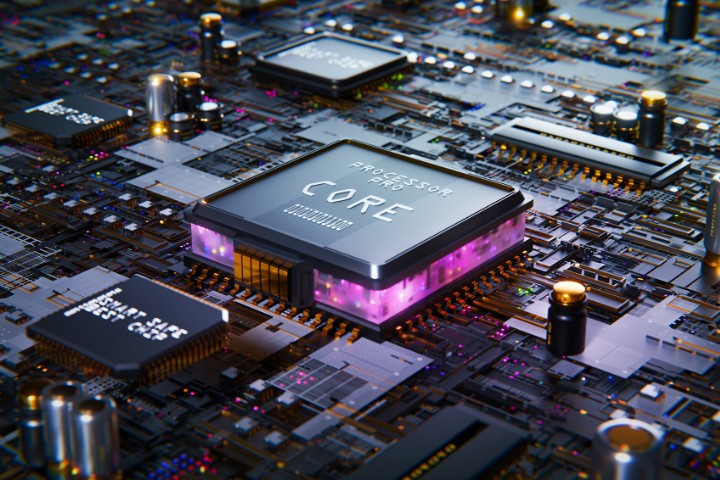If you are a programming geek, then you will need multiple operating systems. While you can partition your hard disk and install the OS separately, it is not an easy task and it is a tedious procedure. Also, a small mistake during the process can ruin your hard disk and the existing OS. This is where virtualization helps you.
Virtualization enables you to install a separate OS using the same hardware resources and doesn’t need a partitioning of the hard disk. But all processors don’t support virtualization. Although the latest processors are equipped to support the technology, they might not be readily enabled for you to use them.
So, in this article, we shall discuss whether AMD processor supports virtualization and how to find out the compatibility. Also, we shall discuss how to enable them.

Does my AMD processor support virtualization?
Virtualization support for AMD also known as the AMD-V technology is supported by AMD Opteron, Phenom, Turion, Athlon, and Sempron processors. In Sempron processors, you can get support from M100/120/140, and so on.
AMD first enabled this support in 2004 with its Pacifica 64-bit x86 processor. Then in 2006, it announced the AMD-V technology with the Athlon 64 X2 and FX processors. From then on, it provided support to all its processors. If you have a CPU from these generations, then it will definitely support virtualization. Sometimes the processors may support virtualization but they may be disabled. So, you need to enable them in the BIOS settings.
But before that, let us first look at the various methods to find out virtualization support for your PC. These methods will let you know whether the AMD processor has this support and can let you know the status if it is available.
Methods to Find out Virtualization Support
Using Task Manager
- Press Ctrl+Alt+Delete on your keyboard and go to the task manager.
- In the task manager, select the Performance tab.
- Go to the CPU tab in the Performance menu. Here you can find the processor model and a bunch of information on the specifications of the CPU.
- In that list of specifications, if you find Virtualization to be present, then your CPU supports it. It will also be displayed whether it is Enabled or Disabled.
- If it is enabled, you can start using virtualization right away and if it is disabled, you need to enable it in the BIOS.
Using command prompt
- Search for Command Prompt from the start menu and go to it.
- Now type, systeminfo and press enter. The prompt will load all the hardware spec details and displays the information.
- In the list, find a piece of information that states Hyper-V Requirements. If your CPU supports virtualization, you can see “Yes” in “Virtualization Enabled in Firmware”.
- This means, you have virtualization support and it is enabled on the PC.
- An alternative command is the systeminfo | findstr /I “virtualization”. Once you enter this command, you will be provided with the message: “Virtualization Enabled in Firmware: Yes”. So, this confirms the availability of virtualization support with your processor.
Using System Information
- Press Win+R and enter msinfo32.
- A page will display the system information and if you scroll down, you can find Hyper-V.
- If you find “Yes” in “Virtualization Enabled in Firmware”, then your PC supports it.
- If you find No in all the menus under Hyper-V, then your processor doesn’t have virtualization support or it is disabled.
Using the AMD Virtualization Compatibility tool
- Search for the AMD Virtualization Compatibility tool in Google and download the software.
- Now go to the downloaded folder and unzip all the contents.
- Then, run the amdvhyperv.exe file as administrator.
- The application will run and if your processor supports virtualization, you can find a success prompt. If your CPU doesn’t support it, you can find the prompt to say that it did not detect.
These are the methods by which you will be able to find support for your processor. If you find that the support is available and it isn’t enabled, then you can go to the BIOS and enable it. Let us now learn to enable virtualization for AMD processors.
Useful Article to Read: Can you swap CPUs on a motherboard?
How to enable virtualization in AMD processors?
Once you have made sure that your processor supports virtualization and it is disabled, you need to enable it in the BIOS settings.
- Restart the PC and press the appropriate keys to enter the BIOS mode. Your PC will prompt the keys to be pressed during the reboot and you can recognize it. If you fail to enter the BIOS mode, reboot again and keep on pressing the key till you enter the mode.
- If you have trouble entering the BIOS mode, search for the
- In BIOS mode, you can find the Advanced tab or Advanced mode. Go to that menu and look for the CPU configuration menu.
- Here you can find the virtualization menu in the name of AMD-V or SVM mode. It may be in the hardware acceleration section or directly under the CPU configuration in the Advanced tab.
- Toggle enable in the SVM menu to start enabling the virtualization for your processor.
- Now save the settings and exit the BIOS mode. The PC will restart automatically and you can now use the virtualization in your PC to install other operating systems.
Note: The BIOS menu may vary according to the motherboard. So, you can check out the menus related to Hardware, System Configuration, Virtualization, etc. If you don’t find them in the normal mode, go to the Advanced tab and find the option.
Read: How do I speed up my processor clock?
Conclusion
AMD processors introduced the virtualization technology first in 2004 and Intel announced it later in the year 2005. The AMD-V technology allows you to comfortably use a virtual machine with your existing hardware and run various OS or applications.
You don’t have to waste your time partitioning the hard disk. Instead, you can simply download the Oracle VM and configure the virtual machine as per your requirements to install various OS. Hope this guide will let you find out the support and status of your processor’s compatibility for virtualization.



